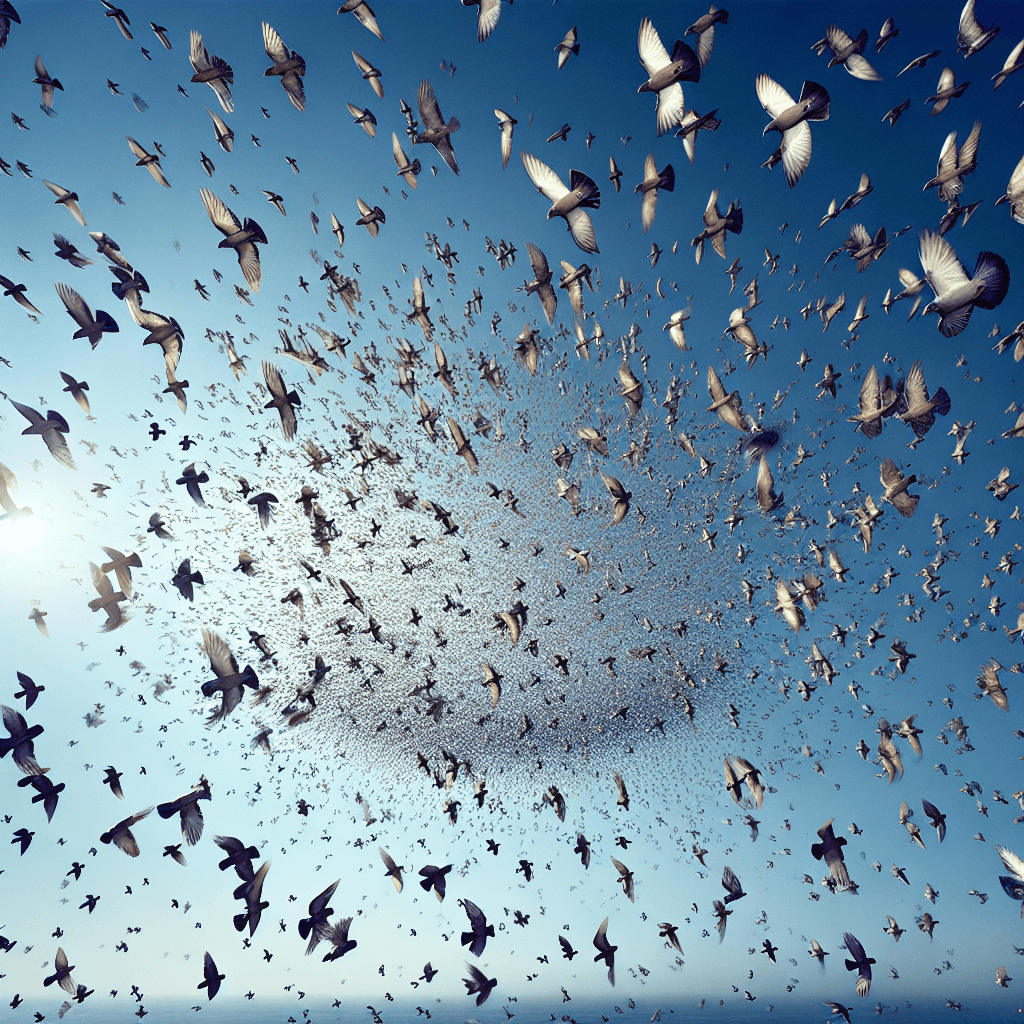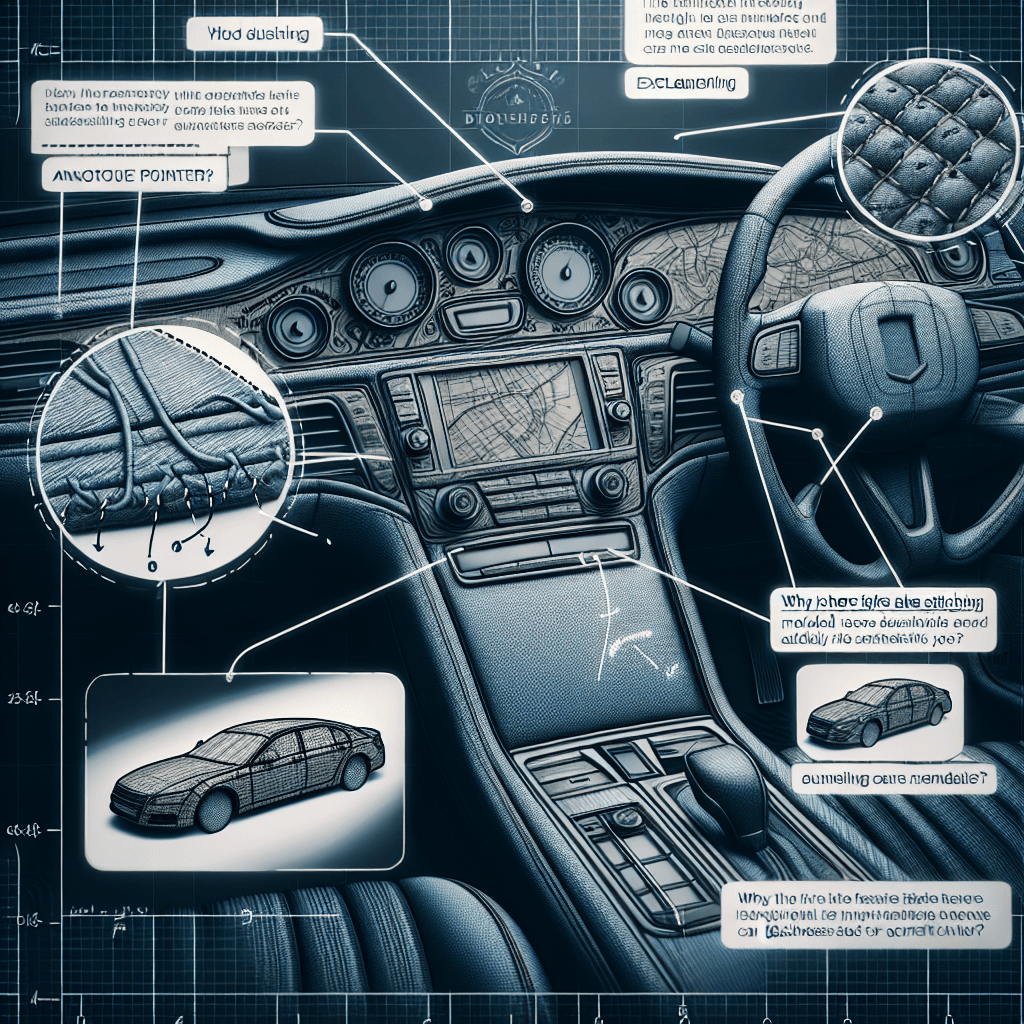How can thousands of birds in a flock turn instantly without crashing
A flock has no leader and no plan, yet thousands of birds move as one. Discover the simple, mind-bending secret that allows them to execute a perfect, instantaneous turn without a single collision.


Too Long; Didn't Read
TLDR: Flocks have no leader. Each bird follows simple rules based on its nearest neighbors—avoid collision, match direction, and stay close. A turn propagates through the flock like a fast wave, making it look like a single, instant movement.
Unlocking the Secrets of Swarm Intelligence: How Thousands of Birds in a Flock Turn Instantly Without Crashing
Have you ever witnessed the breathtaking spectacle of a starling murmuration? A swirling, living cloud of thousands of birds twisting and turning in the sky, moving as one cohesive entity. It’s a hypnotic aerial ballet that seems to defy the laws of physics and logic. The most common question that comes to mind is a simple one: How do they do it? How can thousands of birds in a flock turn instantly without a single, catastrophic crash? The answer isn't a mysterious telepathy or a single leader directing traffic. This post will delve into the fascinating science of flocking, revealing the simple rules and rapid communication that govern this extraordinary collective behavior.
It’s Not Magic, It’s Rules-Based Behavior
A common misconception is that a flock has a lead bird calling the shots. In reality, bird flocks are a prime example of a decentralized system. There is no single leader. Instead, each individual bird follows a surprisingly simple set of rules based on the positions and movements of its immediate neighbors.
Studies in both biology and computer science, most famously modeled by Craig Reynolds' "Boids" algorithm, have shown that complex flocking behavior can emerge from just three fundamental rules that each bird obeys:
- Separation: Steer to avoid crowding or colliding with your closest neighbors. This is the primary collision-avoidance rule.
- Alignment: Steer towards the average heading of your local flockmates. This ensures the group moves in the same general direction.
- Cohesion: Steer to move toward the average position of your local flockmates. This rule keeps the group from scattering and maintains its density.
Crucially, each bird isn't tracking the entire flock. It only needs to pay attention to its nearest 6 or 7 neighbors. By following these local rules, a global, coordinated pattern emerges spontaneously.
The "Wave of Maneuver": Propagating Turns at High Speed
So, if each bird is only watching its neighbors, how does a turn initiated on one side of a massive flock transmit to the other side almost instantly? The secret lies in how information travels through the group.
Think of it like a human "wave" in a sports stadium. The person starting the wave doesn't signal everyone in the stadium; they just signal the people next to them, who then signal their neighbors, and so on. The information—the "wave"—travels much faster than any single person could run around the stadium.
According to research from institutions like the University of Rome, where scientists used high-speed cameras to create 3D models of starling flocks, this is exactly what happens. A change in direction initiated by a few birds on the edge of the flock—perhaps in response to a predator—creates a "wave of maneuver" that propagates through the group. This wave of information, a ripple of turning birds, travels at speeds over 90 miles per hour, allowing the entire flock to change direction in a fraction of a second.
Why Don't They Crash? The Power of Prediction and Perception
Following rules and propagating information is one thing, but avoiding mid-air collisions in a dense, fast-moving crowd is another. This is where the remarkable biology of birds comes into play. Birds possess an incredibly wide field of vision and brains that can process visual information far faster than humans. This allows them to react to the subtle movements of their neighbors with astonishing speed.
Furthermore, a flock is not a rigid object. It is more like a fluid. It can compress in one area and expand in another, absorbing changes in speed and direction without breaking apart. Research published in journals like the Proceedings of the National Academy of Sciences has identified a principle called "scale-free correlation." This means a bird's change in direction influences not just its immediate neighbors but has a cascading, subtle effect on birds much farther away, helping to maintain the flock’s overall structure and stability.
A Natural Algorithm in the Sky
The synchronized, crash-free flight of a bird flock is one of nature's most stunning displays of emergent behavior. It’s a powerful reminder that immense complexity can arise from very simple, local interactions. There is no central command, only thousands of individuals adhering to a few basic principles: stay close but not too close, fly in the same direction, and stick together. The result is a system that is both resilient and breathtakingly agile. So, the next time you see a flock of birds painting the sky with their movements, you’ll know you're not just watching birds—you're watching a beautiful, high-speed biological algorithm play out in real time.


